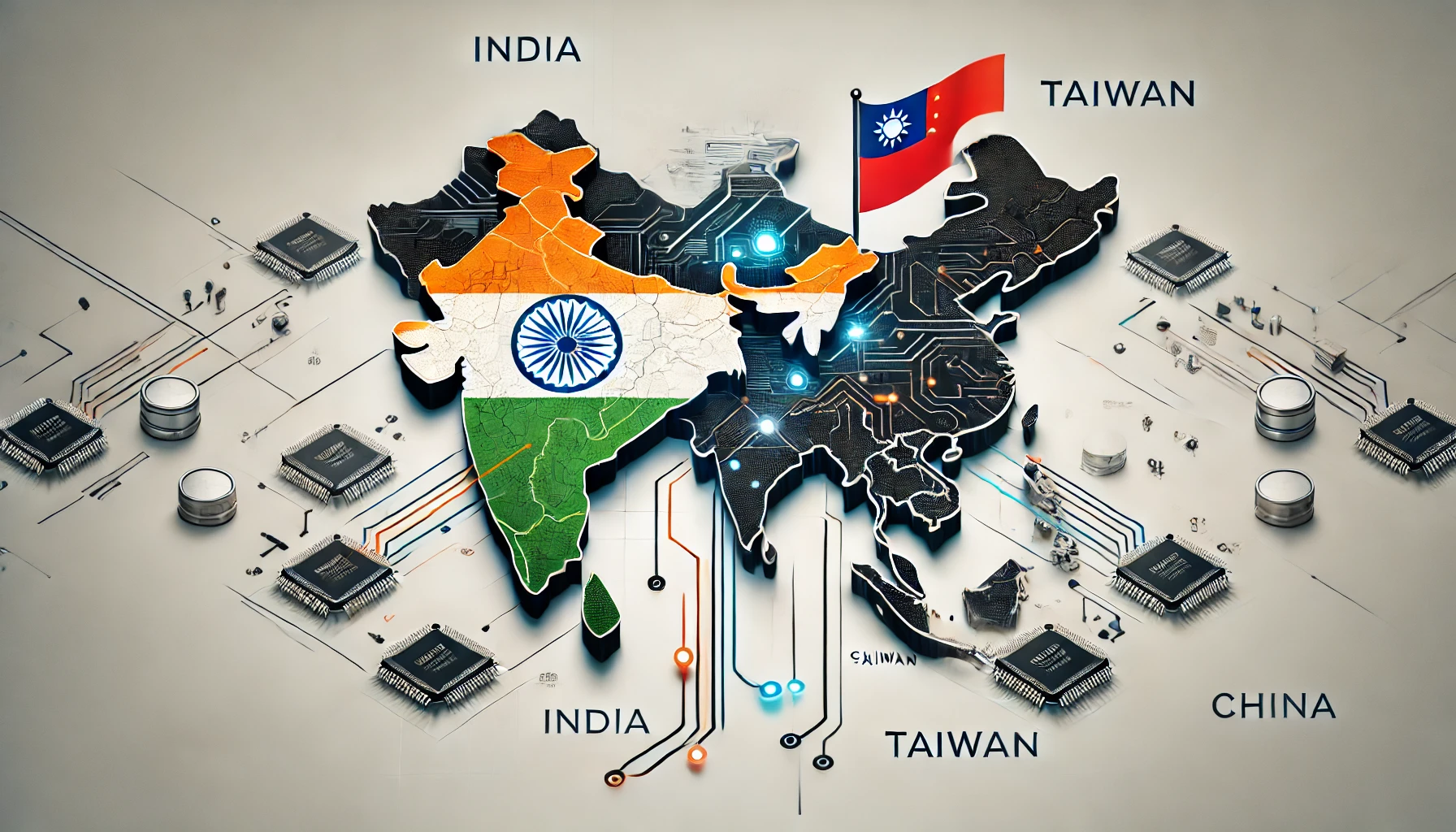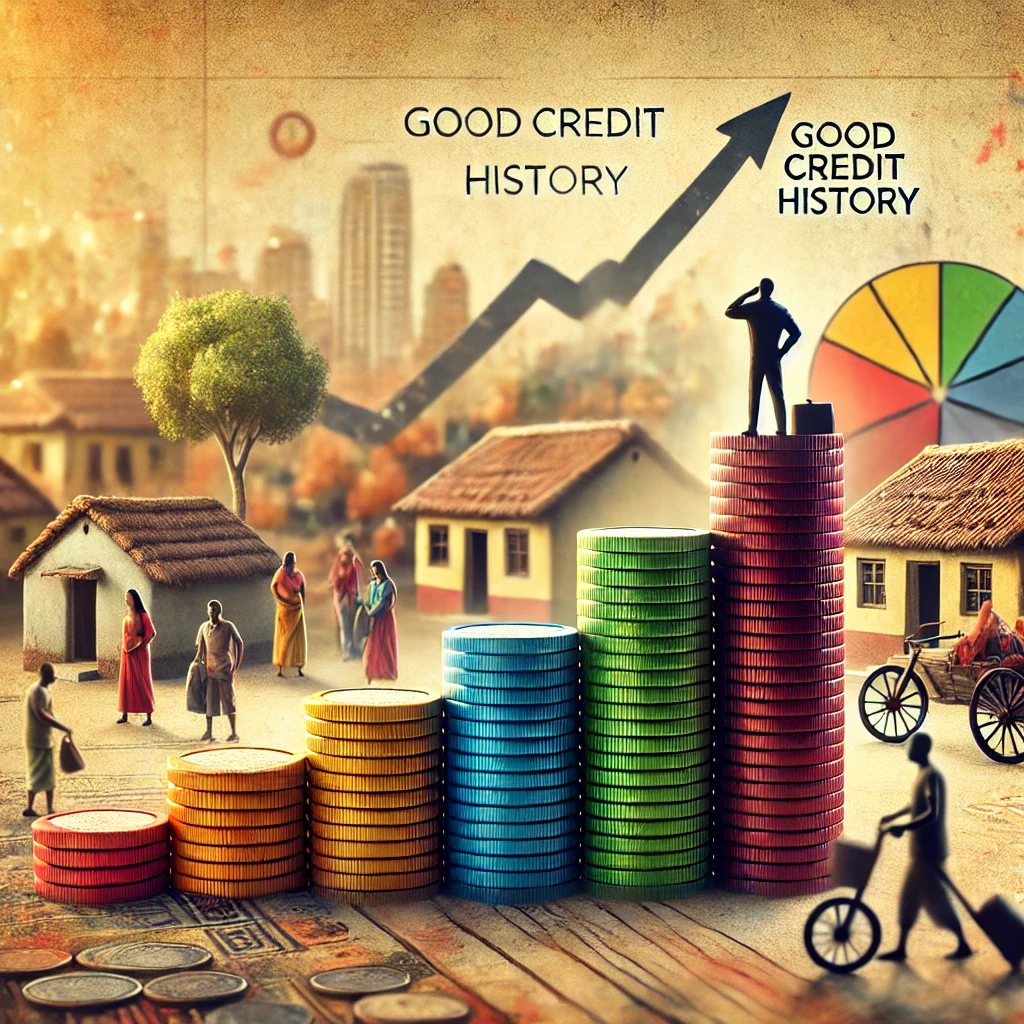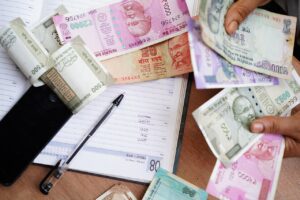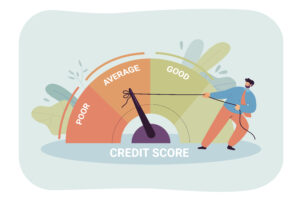Reserve Bank of India Handbook of Statistics on Indian States 2023-24
Introduction
The Reserve Bank of India (RBI) released its Handbook of Statistics on Indian States, 2023-24 on December 9, 2024, offering an exhaustive data repository spanning socio-economic, demographic, environmental, and fiscal parameters for all Indian states. This publication is invaluable for policymakers, researchers, and anyone interested in India’s dynamic regional economies.
At ourfinocracy.com, we decode these statistics to unveil trends, opportunities, and challenges that will shape India’s growth story. From literacy rates to state domestic products, each dataset tells a story of progress, disparities, and the road ahead.
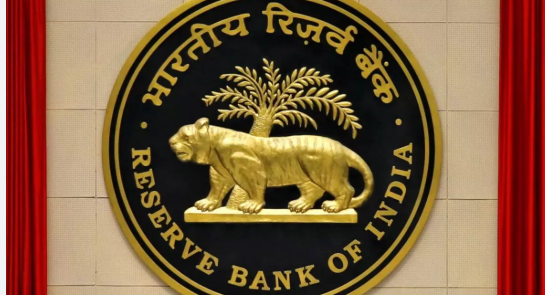
Key Highlights of the Handbook of Statistics on Indian States:- 2023-24
- Coverage from 1951 to 2024 across 180 tables.
- Newly added datasets include:
- Gender Parity Index in education.
- State-wise afforestation efforts.
- Heat and cold wave days.
- Schools with functional computer facilities.
Social and Demographic Indicators
Population Growth (1951-2011)
India’s population has grown dramatically over decades, with significant variation across states. While Uttar Pradesh remains the most populous, smaller states like Sikkim and Mizoram exhibit lower growth rates.
Insights:
- States like Kerala and Tamil Nadu show stabilizing growth due to better literacy and healthcare access.
- Urbanization trends in states like Maharashtra and Gujarat drive higher urban population percentages compared to others.
Comparison Table: Urban vs Rural Population (2011)
| State | Urban Population (%) | Rural Population (%) |
|---|---|---|
| Maharashtra | 45% | 55% |
| Kerala | 47.7% | 52.3% |
| Uttar Pradesh | 22.7% | 77.3% |
| Bihar | 11.3% | 88.7% |
Literacy Trends (1951-2011)
The literacy rate in India has improved significantly, with Kerala leading at 94% in 2011. Bihar, though improving, remains a laggard at 62%.
Factors Driving Literacy Growth:
- Investments in school infrastructure.
- Schemes like Mid-Day Meal and Sarva Shiksha Abhiyan.
Gender Parity in Education (2018-2022)
Gender Parity Index measures the relative access of girls to education. States like Himachal Pradesh and Punjab have near-perfect parity at primary levels but show disparities in higher education.
- Read more for finance literacy tips:-Interesting Tips for Early Childhood
Chart: Gender Parity Index (2018-2022)
| State | Primary (1-5) | Secondary (9-10) | Higher Secondary (11-12) |
|---|---|---|---|
| Kerala | 1.03 | 1.02 | 1.01 |
| Bihar | 0.85 | 0.80 | 0.75 |
| Maharashtra | 1.01 | 0.98 | 0.97 |
Economic Performance by State
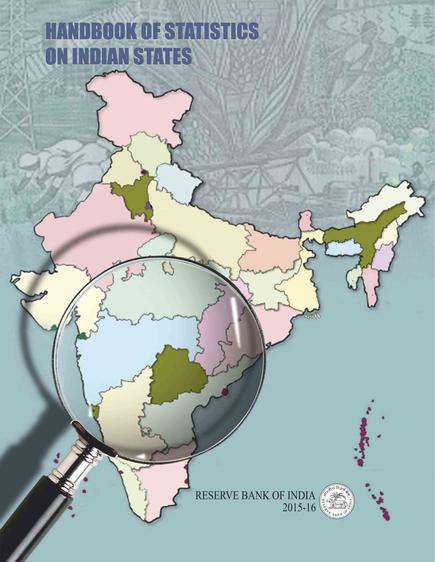
Gross State Domestic Product (GSDP)
Current and Constant Prices (2004-2024)
GSDP is a key indicator of a state’s economic health. Maharashtra, Tamil Nadu, and Gujarat lead in GSDP, while states like Bihar and Odisha lag due to structural challenges.
Key Observations:
- Services sector dominates in states like Karnataka and Maharashtra.
- Agriculture remains critical for Bihar, Punjab, and Uttar Pradesh but shows stagnant growth due to low productivity.
Per Capita Income (2004-2024)
Disparities in per capita income highlight regional inequalities. Goa ranks highest, while Bihar is at the bottom. This disparity underscores the need for balanced regional development.
| State | Per Capita Income (₹, 2024) |
|---|---|
| Goa | 4,80,000 |
| Maharashtra | 2,20,000 |
| Bihar | 50,000 |
Infrastructure Development
Power Supply Trends (2013-2024)
Access to reliable electricity is a major infrastructure milestone. While Gujarat, Tamil Nadu, and Karnataka meet nearly all peak demand, Bihar and Uttar Pradesh face deficits.
Chart: Power Supply (2024)
| State | Peak Demand (MW) | Peak Met (MW) | Deficit (%) |
|---|---|---|---|
| Gujarat | 15,000 | 14,900 | 0.67% |
| Bihar | 8,000 | 6,500 | 18.75% |
Schools with Computers (2018-2022)
Digital access in education remains a challenge in rural India. Only a handful of states, such as Kerala and Delhi, have over 80% of schools equipped with functional computers.
Agriculture and Allied Sectors
Foodgrain Production (2004-2024)
India’s agriculture sector remains vital, with significant output in states like Punjab, Haryana, and Uttar Pradesh.
Top Foodgrain-Producing States (2023-24)
| State | Rice (MT) | Wheat (MT) | Pulses (MT) |
|---|---|---|---|
| Punjab | 20.5 | 18.2 | 1.5 |
| Uttar Pradesh | 16.3 | 26.4 | 2.1 |
Cropping Intensity and Irrigation
Cropping intensity measures the land’s agricultural utilization. Punjab (189%) and Haryana (176%) lead, driven by extensive irrigation and mechanization.
Environment and Climate
Afforestation Trends
The RBI Handbook tracks state-wise afforestation efforts under government schemes. Kerala and Himachal Pradesh excel, while states like Rajasthan struggle due to arid conditions.
Climate Trends: Heat and Cold Waves (2012-2022)
Climate extremes are rising, with Rajasthan witnessing the highest heat wave days and Himachal Pradesh facing the most cold waves.
Fiscal and Banking Insights
Fiscal Deficits and Tax Revenues (2004-2024)
States like Maharashtra and Tamil Nadu show robust tax collection, while Bihar and Uttar Pradesh heavily depend on central transfers.
Banking Penetration: Credit-Deposit Ratios
Kerala and Tamil Nadu have high credit-deposit ratios, reflecting robust banking activity, while Bihar and Odisha lag, indicating financial inclusion gaps.
Conclusion
The Handbook of Statistics on Indian States, 2023-24 offers a detailed look into India’s growth, disparities, and areas requiring immediate intervention. Policymakers, economists, and citizens alike can leverage this data to drive informed decisions.
